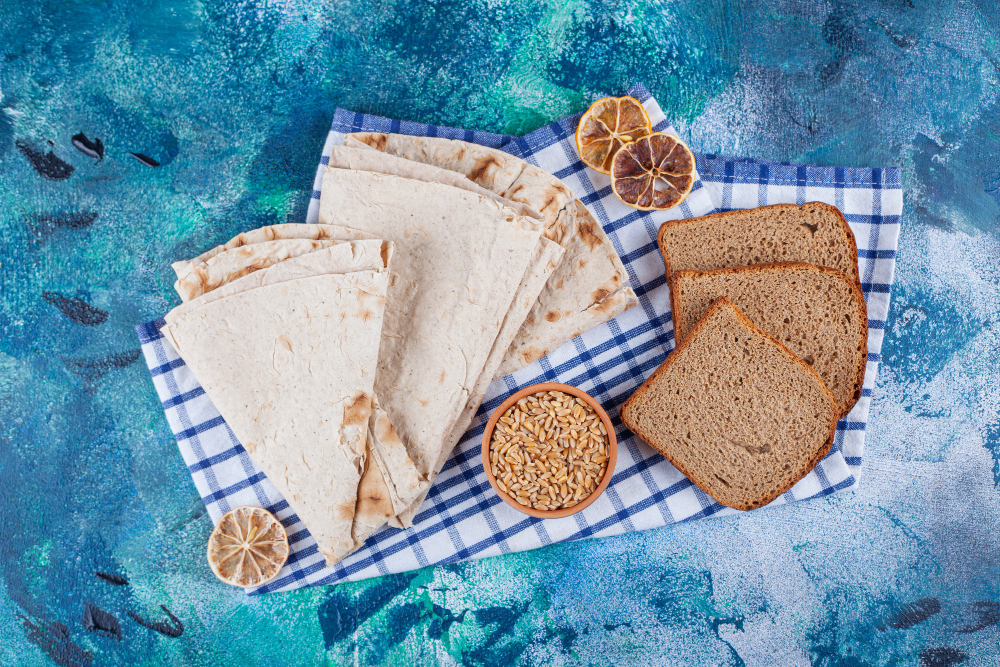Dry white wine stands as a quintessential choice for wine enthusiasts seeking a crisp, refreshing experience that tantalizes the palate with its complexity and versatility. From the vibrant acidity of Sauvignon Blanc to the delicate floral notes of Riesling, dry white wines offer a diverse array of flavors and styles that pair seamlessly with a variety of cuisines and occasions. In this article, we’ll embark on a journey to uncover the nuances and characteristics of dry white wine, exploring its origins, production methods, flavor profiles, and popular varietals.
Exploring the Spectrum of Sweetness
Before delving into dry white wine, it’s essential to understand the concept of dryness in wine and how it relates to sweetness. In the world of wine, dryness refers to the absence of residual sugar, resulting in a crisp, palate-cleansing sensation that enhances the wine’s acidity and flavor intensity. While some wines, such as dessert wines, are known for their pronounced sweetness, dry white wines boast a more restrained sugar content, allowing the natural flavors of the grapes to shine through without overpowering sweetness.
From Vineyard to Bottle
Dry white wine can be crafted from a wide range of grape varietals, each contributing its unique flavor profile and character to the final product. Common white grape varietals used in the production of dry white wine include Chardonnay, Sauvignon Blanc, Riesling, Pinot Grigio, and Chenin Blanc, among others. These grapes are cultivated in various wine-growing regions around the world, from the cool climates of France’s Loire Valley to the sun-drenched vineyards of California’s Napa Valley, each imparting its distinct terroir and regional characteristics to the wine.
Crafting Complexity and Balance
The process of vinification, or winemaking, plays a crucial role in shaping the flavor profile and style of dry white wine. After the grapes are harvested, they undergo a series of steps, including crushing, pressing, fermentation, and aging, to transform them into wine. During fermentation, yeast consumes the grape sugars, converting them into alcohol and carbon dioxide, resulting in a dry, alcoholic beverage. Winemakers may employ various techniques, such as stainless steel fermentation, oak aging, or malolactic fermentation, to impart complexity, structure, and balance to the wine, enhancing its aroma, texture, and flavor profile.
Exploring the Diversity of Dry White Wine
Dry white wine offers a diverse spectrum of flavor profiles, ranging from zesty citrus and tropical fruit to floral and mineral notes, depending on the grape varietal, growing conditions, and winemaking techniques. Sauvignon Blanc is celebrated for its vibrant acidity, herbaceous aromas, and citrus fruit flavors, while Chardonnay showcases a rich, creamy texture, with notes of apple, pear, and vanilla. Riesling, known for its aromatic intensity and racy acidity, can exhibit a wide range of flavors, from crisp green apple to honeyed peach, depending on the ripeness of the grapes and the level of residual sugar.
Enhancing Culinary Delights
One of the joys of dry white wine is its versatility when it comes to food pairing, making it an ideal accompaniment to a wide range of dishes and cuisines. The bright acidity and crispness of dry white wine complement light and delicate flavors, such as seafood, poultry, salads, and fresh vegetables, while also providing a refreshing contrast to rich and creamy dishes, such as pasta with cream sauce or roasted chicken. Additionally, the vibrant fruit flavors and acidity of dry white wine can help cut through spicy or aromatic ingredients, balancing the overall flavor profile of the meal.
Savoring the Delights of Dry White Wine
In conclusion, dry white wine offers a delightful sensory experience characterized by its crispness, acidity, and versatility. From the vineyard to the bottle, the journey of dry white wine is one of craftsmanship, creativity, and passion, resulting in a diverse array of flavors and styles that cater to every palate. Whether enjoyed on its own or paired with a delicious meal, dry white wine invites us to savor the beauty of its complexity and elegance, offering a taste of the terroir and traditions that define the world of wine. So, raise a glass, savor the moment, and toast to the timeless allure of dry white wine. Cheers!


